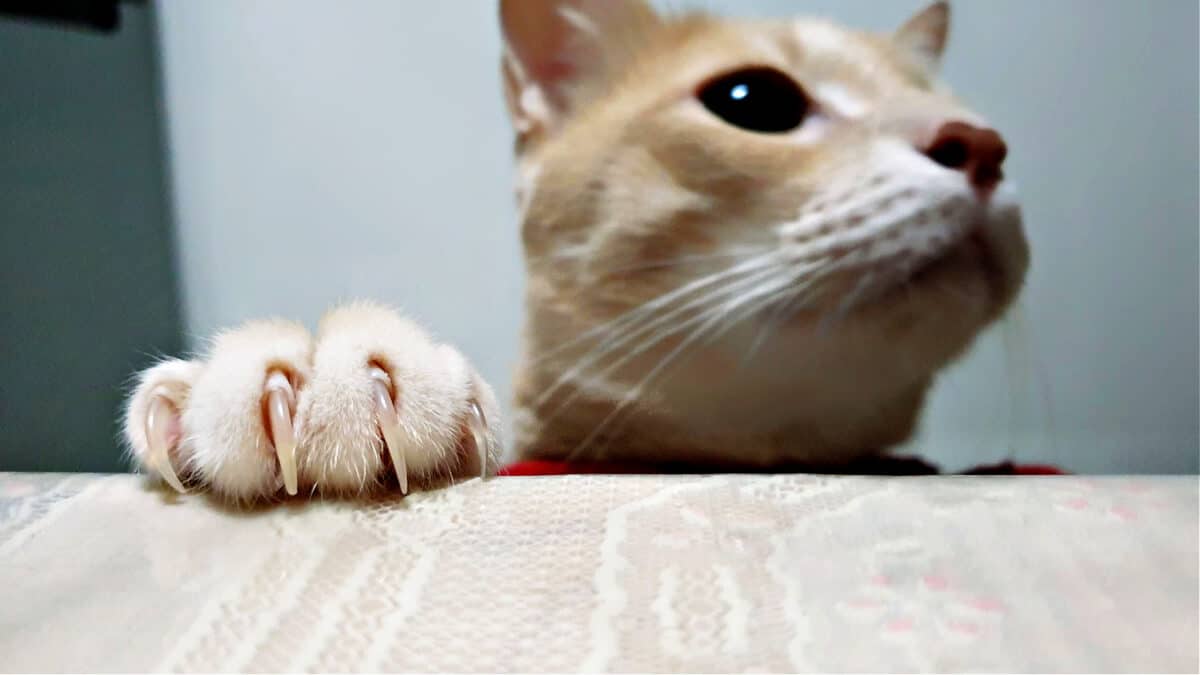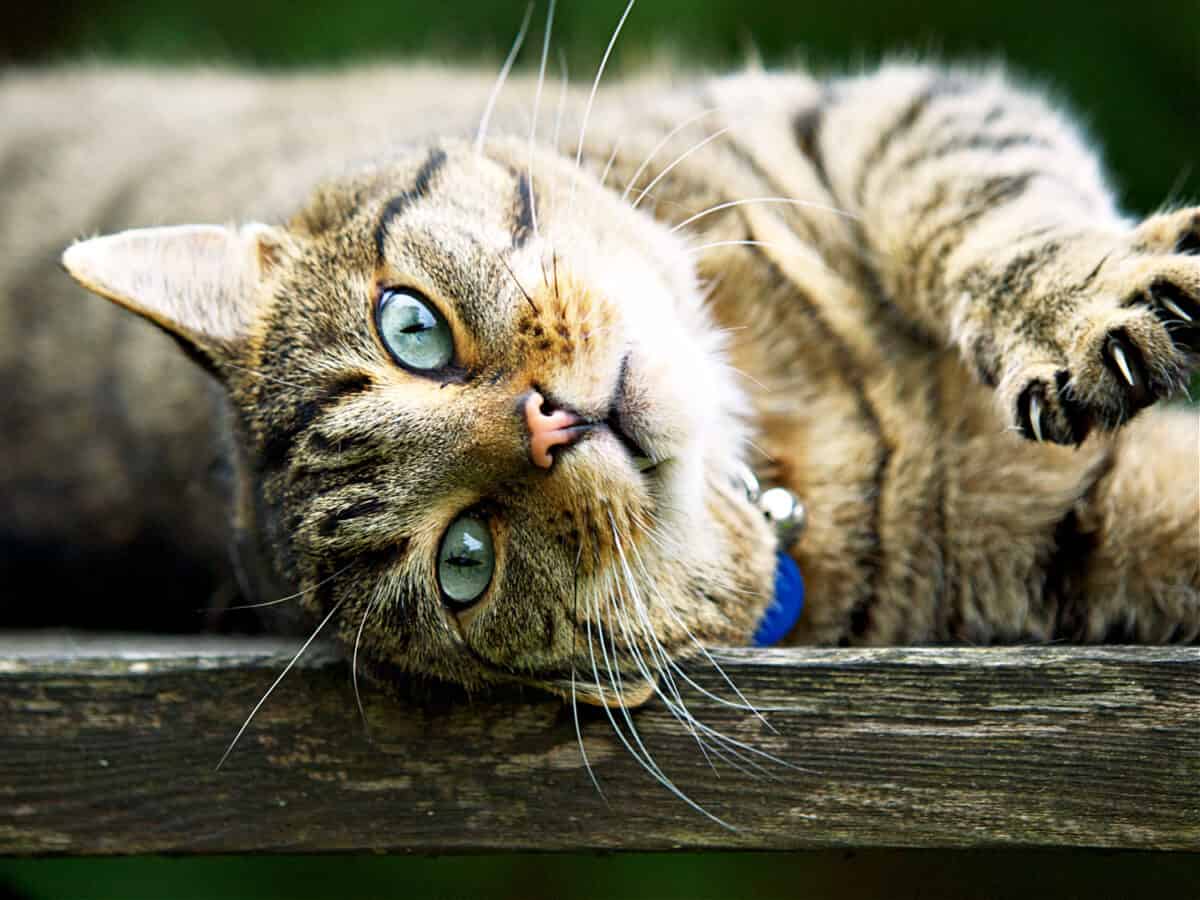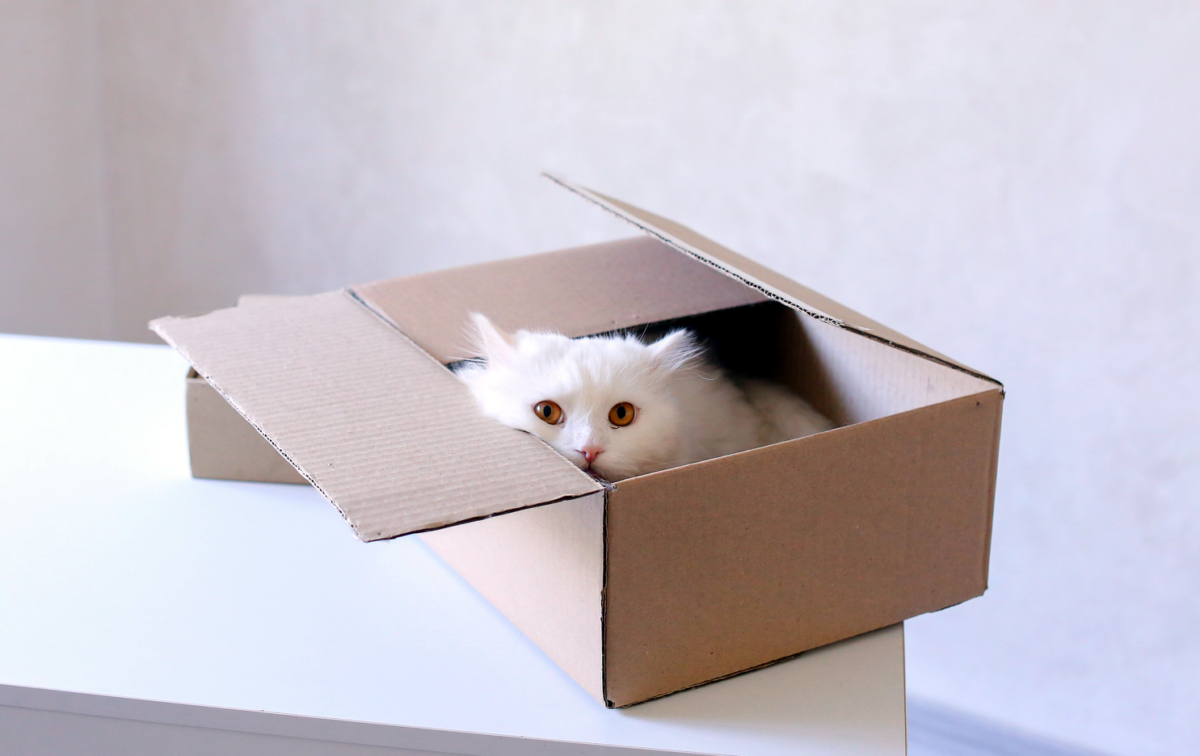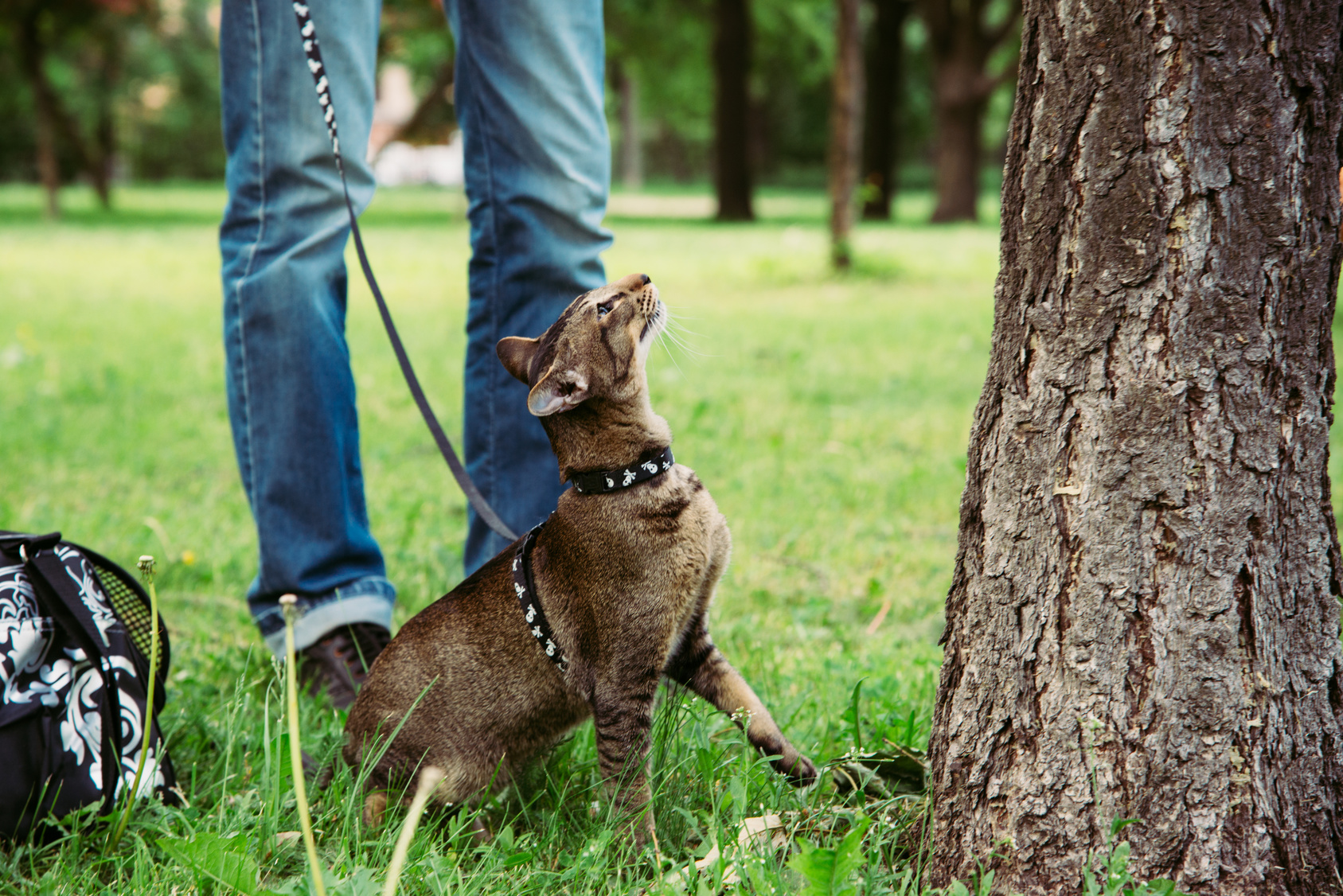Ever witnessed a surgery that changed your outlook on a common practice? That's what happened to me. Over 30 years ago, I was working with a vet and had a front-row seat to a cat declawing procedure. I expected something simple, a quick fix to keep cats from ruining furniture. What I saw was far from it.
In this article, I share my heart-wrenching experience, opening your eyes to the hidden realities of declawing. We'll journey together through the procedure I assisted, the immediate aftermath, and the long-term effects that forever altered a cat's life.
Along the way, we'll dig into the real impacts of declawing. We'll discuss not just the physical pain, but the emotional distress it inflicts on our lovable pets.
If you've ever contemplated declawing your cat, or if you're simply curious about what this widely accepted procedure truly entails, this is a must-read.

The Unexpected Reality Of Cat Declawing
I worked for 3 veterinarians. More than 30 years ago, I had the unpleasant experience of assisting in one de-clawing procedure. Like many, I had assumed that the practice was a simple surgery. I assumed that the cat would awaken in basically the same body, only now unable to shred furniture.
A Horrifying Procedure
What I watched stunned and sickened me. The vet was a wonderful, compassionate man. He truly believed that this was a justifiable and only alternative to putting the cat to death.
The owners probably didn’t even investigate options. They were honestly unaware of what their cat was about to live through, and how her life would change forever. When I realized that a good deal of her paws had to be amputated, I had a hard time assisting with the surgery.
Post-Surgery Trauma
But perhaps the worst part was when she awoke from the anesthetic. She sat up like a frightened raccoon, waving her bandaged paws in the air and howling non-stop. I had worked at a Children’s Zoo for 5 years, raising and healing all types of injured and orphaned wildlife.
SIGN UP FOR THECATSITE'S EMAIL UPDATES >
I had never heard such a plaintive cry from any creature.
The cat’s eyes were wide and frightened. She tried to stay off of her throbbing paws as much as she could, in spite of the lingering effects of the anesthetic. It was apparent that she was in exquisite pain but also, that she was intensely frightened.

The Misunderstood Impact Of Declawing
The cat had owners that loved her and no doubt thought they were doing the best thing for all. They had not researched the long-term effects. They also did not have any idea what type of terror and pain their animal would go through.
Like a circumcised infant boy, had this victim a voice, she would have insisted, loudly and clearly, on her birthright. Surgery to correct disease or to sterilize animals saves lives and in the process, does not inhibit inherently important behavior.
But surgery that takes away important body parts needs to be addressed. Protective ears and tails that express communication in dogs, or claws that are as vital to cats’ lives as fingers are to humans, should not be removed without careful consideration.
Beyond Physical Pain
We live in a society that views animals as a commodity; easily discarded when no longer convenient. Science now has evidence of what animal lovers have always known. They have the same chemicals coursing through their brains that we do. These chemicals show that the emotions of fear, love, and grief are very real for non-human animals. Just as a human will grieve amputated limbs, so too does the cat. However, we have the technology to help us regain the mobility and security that we lost. De-clawed cats do not.
A Plea For Change
Surgical procedures that save lives or prevent disease are crucial. These include sterilization, which does not inhibit important behaviors.
However, surgeries that remove crucial body parts, such as the protective ears and tails in dogs that aid in communication, or the claws in cats that are as vital to them as fingers are to us, should be critically evaluated and reconsidered.
It's time we looked beyond the convenience factor and truly considered the lifelong impact on our pets.
SIGN UP FOR THECATSITE'S EMAIL UPDATES >
Written by Diane C. Nicholson
Further reading:
Declawing – Post-surgery Care And Complications
Declawing – More Than Just A Manicure
Diane C. Nicholson is an internationally accredited and published, professional photographer who specializes in horses, companion animals, and families. She is also a published writer who has had 4 stories in the Chicken Soup for the Soul series. She has had several articles in newspapers and magazines and has a children's book currently being represented.
Diane considers herself an activist for human and animal rights and works hard to that end. She lives in British Columbia's interior with her human family. Additionally, with her extended family to many rescued critters including horses, dogs, cats, rabbits, a bird, and a rat.
Visit Diane's website at - Twin Heart Photo Productions
Please note, the opinions expressed in the following article are strictly those of the author. They do not necessarily represent those of the owners or managers of TheCatSite.com. However, we would like to emphasize that this site works toward the benefit and welfare of the feline species. Therefore, is 100% against all forms of de-clawing.
Comments? Leave them using the form below. Questions? Please use the cat forums for those!
Note: We may get commissions for purchases made through links on this page.




4 comments on “A Personal Look At Declawing – My Story And Insights”